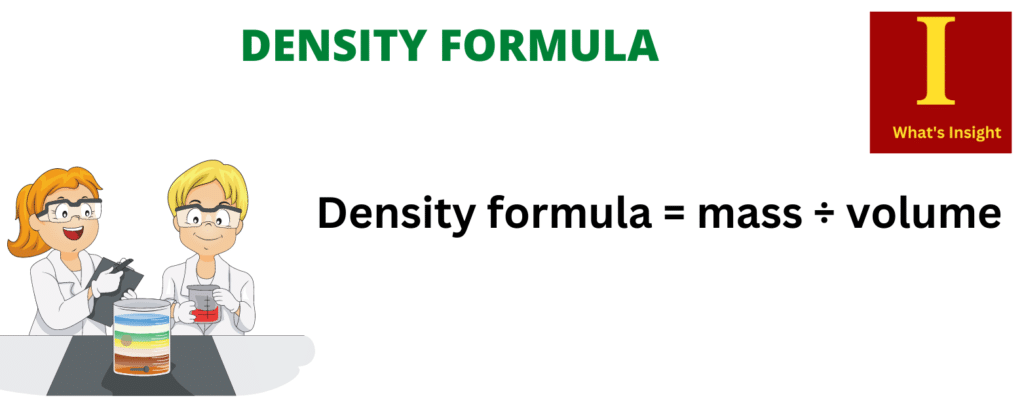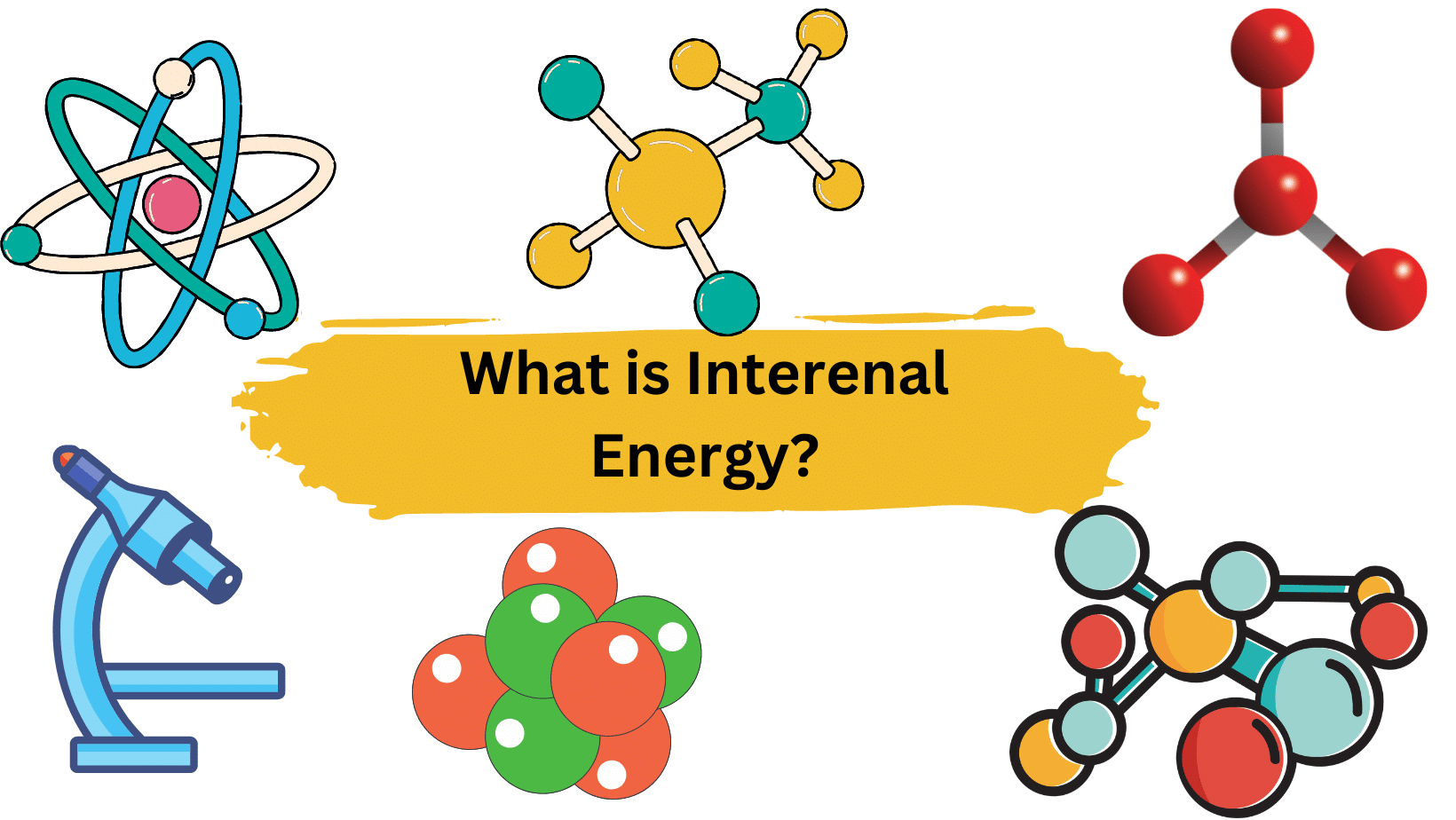Density refers to the amount of substance per unit volume. It is the mass-to-volume ratio of a substance. If we use the same amount of wood and iron, we will find that iron is significantly heavier than wood. This is owing to the fact that iron contains a lot more matter than wood.

Table of Contents
Density Formula and Daily Life Examples
Density formula = mass (m) of substance ÷ volume (v) of substance
The density of a substance is usually measured in grams per cubic centimetre. For example, the density of water is 1 gram per cubic centimetre.
Some simple examples of density are given below
- A styrofoam cup is less dense than a ceramic cup, it floats on water rather than sinking.
- Since oil has a lower density than water, it floats on the surface of the water.
Please refer to the full article, “Why does oil float on the surface of the water?”. - Wood is less dense than water, it floats on it.
- Rocks sink in water as they are denser than water.
Relation Between Density and Temperature
When a given mass of a solid or liquid is heated, its volume increases. Since density is mass/volume, therefore, when a solid or liquid is heated, its density decreases.
Furthermore, temperature affects density because as temperature rises, so does the kinetic energy of the particles.
When temperatures rise, objects expand and grow larger, resulting in a decrease in density.
Relation Between Density and Pressure
Pressure is directly proportional to density, and temperature is indirectly proportional to density. Density rises as pressure rises and the temperature remains constant. When the temperature rises while pressure remains constant, density decreases.
Relation Between Density and Viscosity
In fluid dynamics, viscosity is the parameter that determines how thick or thin a fluid is. The density of a fluid is related to the distance between two particles. There is no direct relationship between the two.
The difference between density and volume
Density is the quantity or mass per unit volume of a certain substance. Density is defined mathematically as mass divided by volume.
The volume of a three-dimensional object can be calculated by multiplying the dimensions, which are the object’s length, breadth, and height. Specific formulas exist for determining the volume of various shapes, such as a cube, cylinders, prism, rectangular prism, pyramids, cones, circles, spheres, and others.
The main difference between density and volume is that density measures the amount of matter contained in an object, whereas volume measures the amount of three-dimensional space occupied by an object.
The Density of Water
The density of water is about 1 g/mL. However, this varies depending on the temperature and contaminants in the water.
The grams per millilitre (1 g/ml), grams per cubic centimetre ( g/cm3), and pounds per cubic foot ( lb/ft3) are common water quantities. At 4°C, the density of fresh water on Earth is usually assumed to be 1000 kg/m3.
Some commonly used values of the density of water are listed below:
| The density of water g/mL | 1 g/mL |
| The density of water g/cm3 | 1 g/cm3 |
| The density of water kg/m3 | 1000 kg/m3 |
| The density of water lb/ft3 | 62.4 lbs/ft3 |
| Unit weight of water | app 1 g/cm3 at 25 degrees Celsius |
| viscosity of water | 0.01 poise or 0.001 Pa.s (Pascal seconds) at 20 degrees Celsius |
| the specific gravity of water | 1 at 4 degrees Celsius (no units) |
| a cubic foot of water weight | 62.48 pounds at room temperature. |
| Density of water lb/U.S gallon | 8.345 lb/U.S gal |
Why Density is a Scalar Quantity?
Scalar quantities are the quantities that have only magnitude. Volume, mass, temperature, and density are the scalar quantities.
Density Values
| Density formula | mass/volume |
| The density of water (g/ml) | 0.9998395 at 4.0°C (39.2°F) |
| The density of water (lb/US gallon) | 8.345 lbs/U.S. gal |
| The density of Air at STP | 1.225 kg/m³ |
| The density of wood (Maple) | 625-753 kg/m³ |
| The density of plastics (high-density polyethylene) | 970 kg/m3 |
| Density of oxygen | 1.428 g/L (STP) |
Summary
- The amount of substance per unit volume is known as density. It’s a substance’s mass-to-volume ratio.
- Density increases upon an increase in the mass of a substance and decreases upon a decrease in the mass of the given substance.
- Density increases upon a decrease in volume while it decreases when the volume of the substance rises.
- The relationship between pressure and density is linear. As a result, a change in one quantity causes a change in another.
More Links
- BCl3 Lewis Structure in four simple steps - November 1, 2023
- PH3 Lewis Structure in four simple steps - October 8, 2023
- PF3 Lewis structure in four simple steps - September 24, 2023



